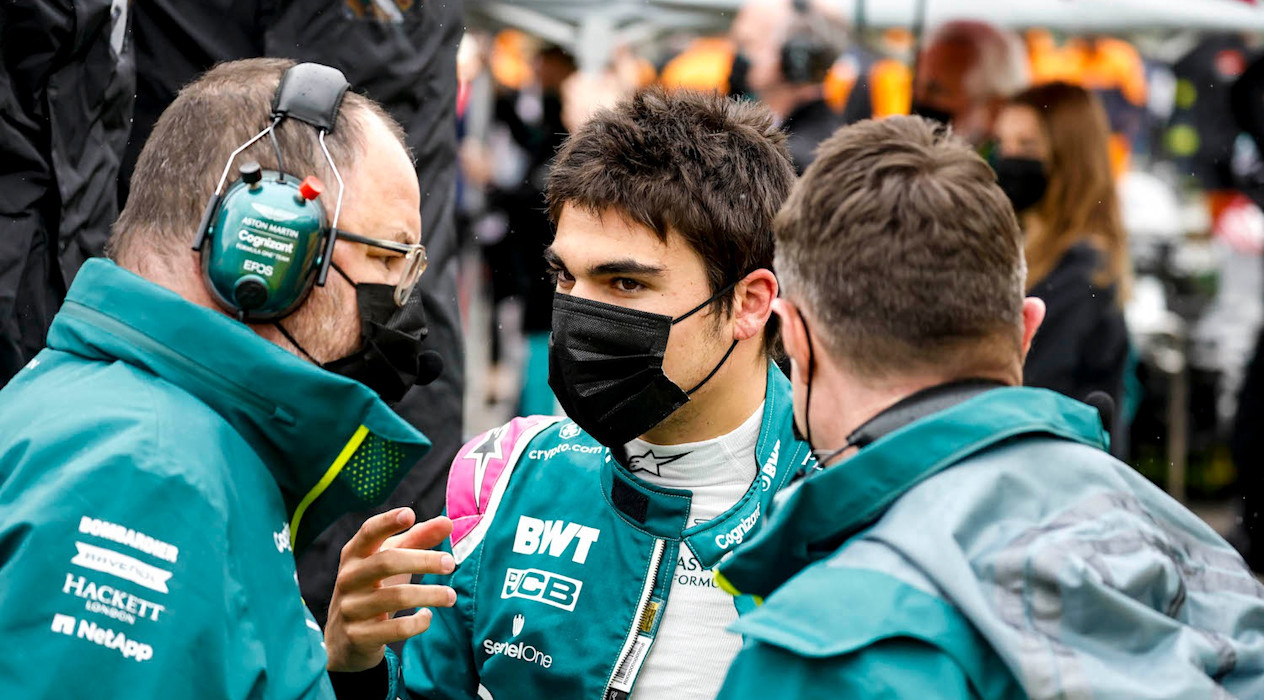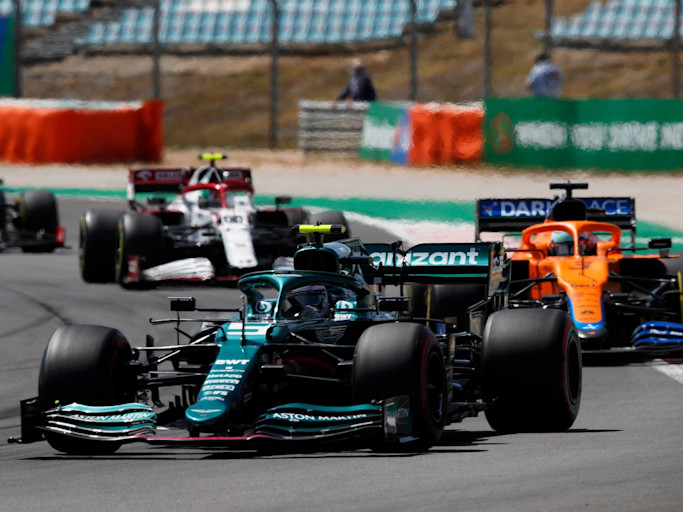
The aero updates we brought to Portimao worked well, even though our on-track performance concealed their efficacy for a number of reasons. Tom McCullough, our Performance Engineering Director, explains why that was.
Over the past weekend it was widely and accurately reported by the specialist Formula One media that we had brought to Portimao a number of aero updates, centring mainly on our car’s floor.
We had developed them in CFD [computational fluid dynamics] and the wind tunnel, as is always the case with aero updates.
Their purpose, as is also always the case with aero updates, was to add efficient downforce, in other words extra grip with minimal added drag.
We brought only one set of aero updates to Portimao, and they were fitted to Lance’s car. Ideally, you always want to be able to update both your drivers’ cars simultaneously, but that is not always possible. Aero updates take time to invent, test, prove and manufacture, and are made in series, not in parallel.
So sometimes you find you have time to manufacture only one set before it is time to transport the cars to the next Grand Prix. But by next weekend’s race, in Barcelona, we expect to have made enough new parts to equip both drivers’ cars with aero updates.
Race Report
Get the full story from Portugal. Dive into the facts and figures behind the Portuguese Grand Prix and hear from Sebastian, Lance and Otmar.

However, for reasons that had nothing to do with the aero updates fitted to his car, Lance had a troubled qualifying in Portimao, which is anyway a circuit whose characteristics do not suit our car particularly well.
In Q1 he lost a few tenths in traffic, which is always a danger because Q1 is the session in which all 20 cars are taking part and therefore on-track congestion is invariably most marked, and the wind was unpredictable and therefore unhelpful, too. As a result he just failed to get through to Q2, and was left with a P17 grid slot for Sunday’s race.
Sebastian drove well in Q1 and Q2, and progressed smoothly to Q3, where he too struggled somewhat and therefore ended up in P10.
In the race Sebastian slipped from his P10 grid slot to a P13 finish, while Lance climbed from his P17 grid slot to a P14 finish. You do not have to be a skilled mathematician to realise that their race performances were therefore arithmetical opposites, and the reason for that is that, without aero updates, Sebastian was unable to stay ahead of three cars that had qualified behind him, while, with aero updates, Lance was able to move ahead of three cars that had qualified ahead of him.
Creating Formula One aero updates is something of an art. It is based on science and engineering but it is also a frustratingly unpredictable process.
And the post-race analysis we have done duly showed that Lance was able to access greater race pace than was Sebastian, the result of the aero updates uniquely fitted to his car, which he used to good effect.
Creating Formula One aero updates is something of an art. It is based on science and engineering, of course it is, but it is also a frustratingly unpredictable process.
The conflicting variables that can interpose themselves between CFD and wind tunnel data and circuit performance are a bugbear well known to all Formula One engineers, although we are fortunate that we do not have a correlation problem between our development tools and the racetrack.
Equally, and importantly, your target is always a moving one: in other words, the cars nearest in performance to your car are also being updated aerodynamically on a more or less continual basis, and you never know when one of your closest competitors is going to deliver an aero update that confers a significant chunk of lap time.
So all you can do is continue to work methodically, around the clock, to make sure that you are always optimising your own team’s available resource. And that is most definitely what we are doing at Aston Martin Cognizant Formula One Team. Roll on Barcelona!
All in. All welcome. All celebrated. Sign up to open up a world of I / AM benefits and once-in-a-lifetime experiences.






























